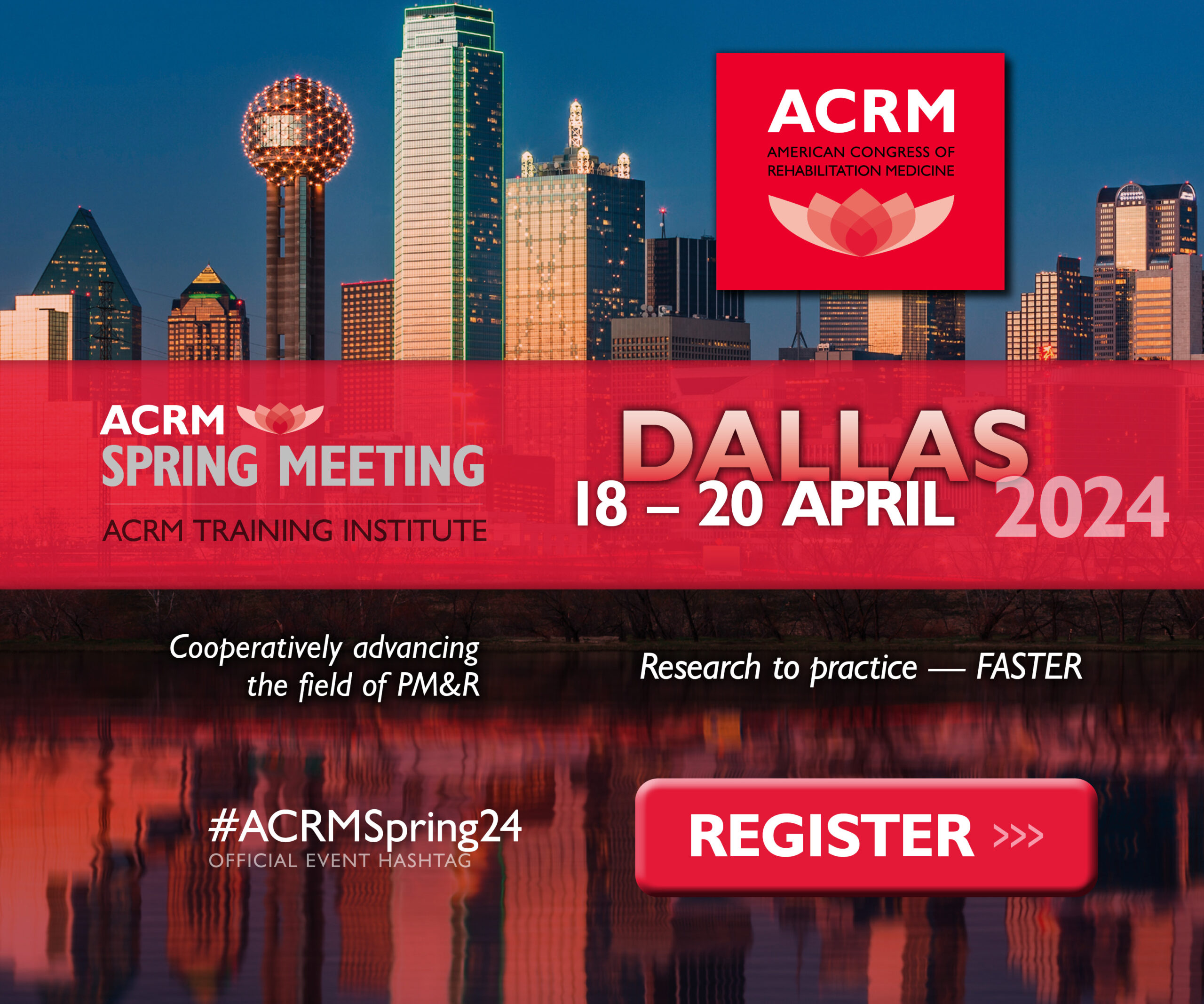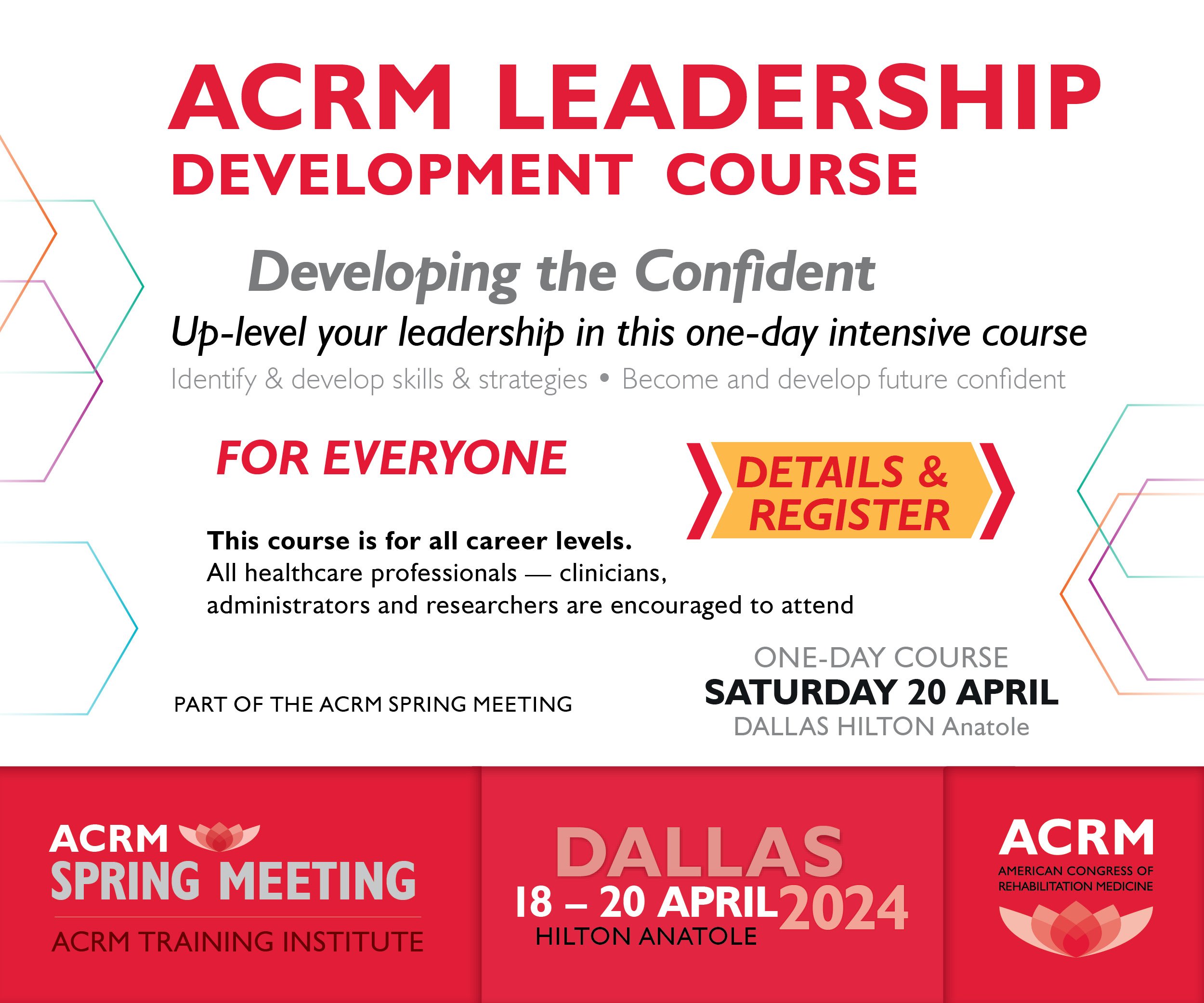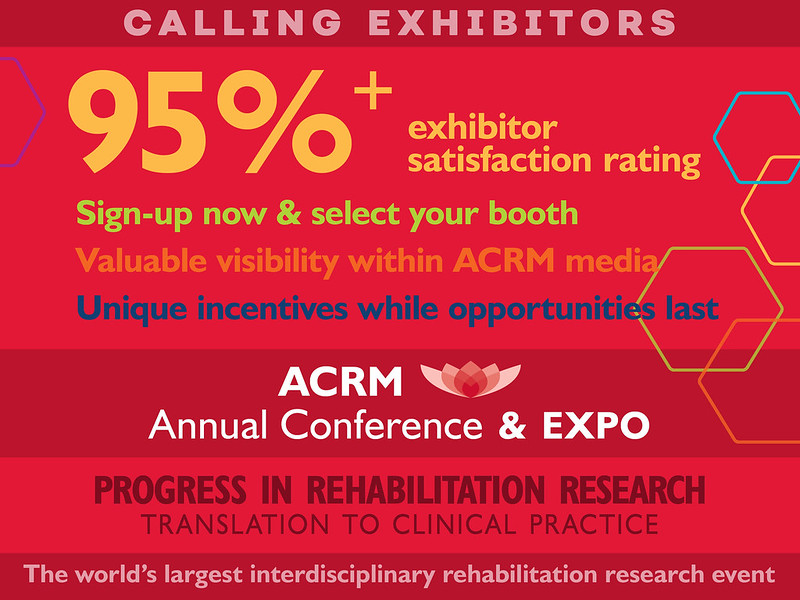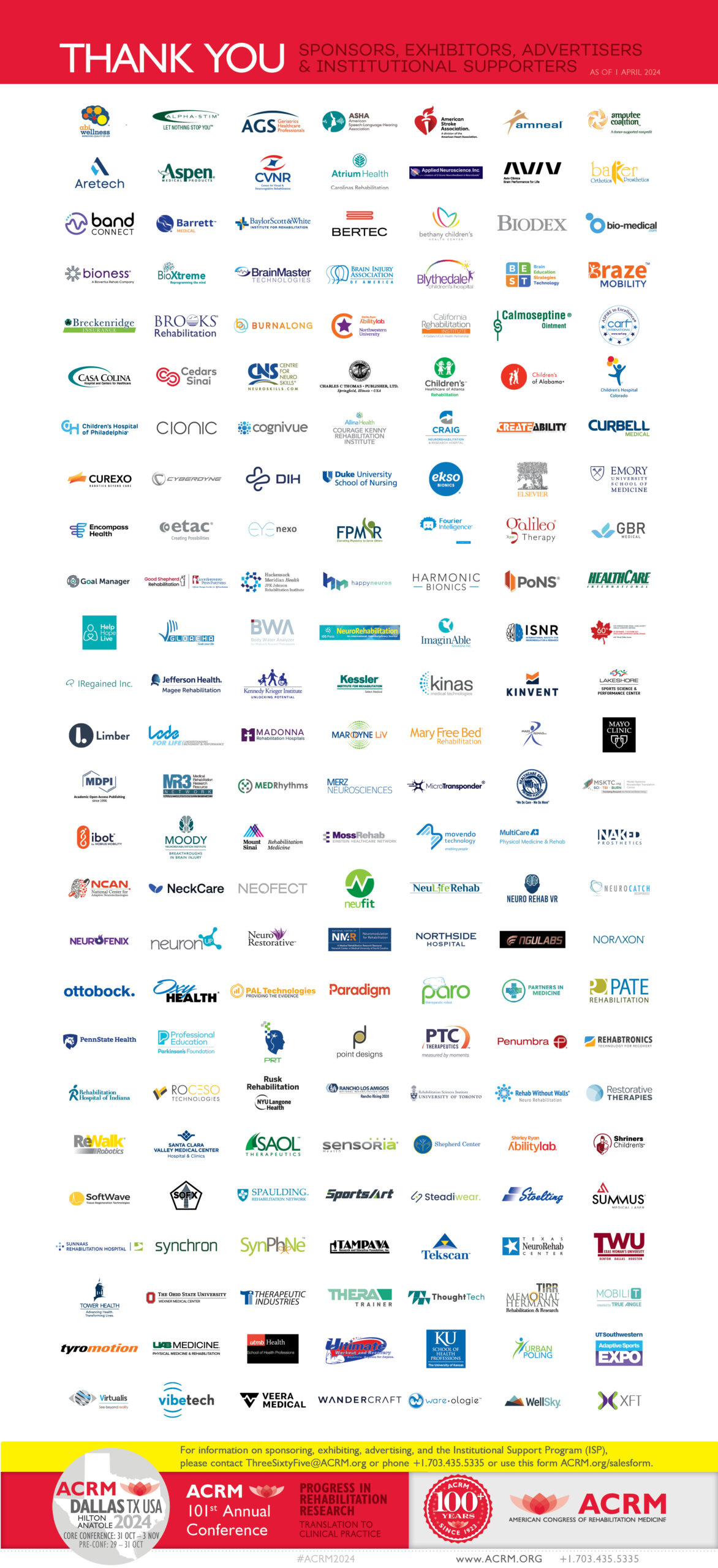Research Spotlight
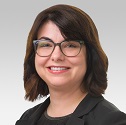
Amy A. Herrold, PhD
Research Health Scientist, Edward Hines Jr., VA Hospital
Research Assistant Professor, Dept. of Psychiatry and Behavioral Sciences
Northwestern University, Feinberg School of Medicine
Q: What’s your current research focus or area you are most excited about?
A: I am a neuroscientist with training in biomedical addiction neuroscience, health services research, and neurorehabilitation. Throughout my career, I have investigated how co-occurring neuropsychiatric conditions affect addiction at both the brain and behavioral level. My career focus is neurorehabilitation of co-occurring alcohol use disorder and mild traumatic brain injury (AUD+mTBI). Investigating the neural underpinnings of AUD+mTBI will lead to optimal treatment development and customized medicine. I am currently using multi-modal neuroimaging data to customize the neuromodulatory treatment, repetitive transcranial magnetic stimulation (rTMS) for Veterans with AUD+mTBI. I am very excited that within the next few months, I will be initiating my pilot rTMS study for AUD+mTBI.
Q: What prompted/motivated you to choose that area?
A: AUD and mTBI each increase the risk and exacerbate symptoms of each other – presenting a bidirectional relationship. That is, problem alcohol use or AUD often increases the risk of incurring a mTBI and vice versa. I have been fascinated as to why this occurs and the brain-behavior relationships that are at play.
During graduate school, I learned about repetitive transcranial magnetic stimulation (rTMS). rTMS was so intriguing to me because it is a way of altering neurophysiology to provide treatment without medications. Also, there are so many different treatment parameters that can be changed in order to customize effects. For these reasons, I believe rTMS is ideally suited for treating heterogenous co-occurring conditions, particularly among populations that are already prescribed so many medications. Now with so many multi-modal neuroimaging methods available, we have the tools to better understand what rTMS treatment is doing to the brain. Capturing this information can then further help to optimize rTMS treatment.
Q: Did you have any pivotal experience that propelled your research success?
A: I have always been interested in neuroscience and neuropsychiatric conditions but learning more about the complexities of addiction and how co-occurring conditions can make people more vulnerable to addiction or exacerbate addiction became more and more interesting to me. My doctoral research, examining the underlying glutamate transmitter and receptor systems involved with stimulant abuse and co-occurring schizophrenia in a rodent model, yielded several funding and publication opportunities which successfully led to a clinical post-doctoral fellowship.
Initially, I received an individual pre-doctoral National Research Service Award (NRSA) from the National Institute on Drug Abuse (NIDA) to fund my dissertation research project. While developing the pre-clinical rodent model of schizophrenia, I also learned the translational technique of pre-pulse inhibition of the acoustic startle response. This was an important technique to develop because pre-pulse inhibition is the “gold standard” phenotype for rodent models of schizophrenia and is measured in human schizophrenia patients the same way.
As the Director for the Center for Compulsive Behavior and Addiction at Rush University and my doctoral advisor, Dr. T. Celeste Napier involved me in the Division of Addiction Recovery and Mental Health. Meeting weekly for three years, I collaborated with a group of psychiatrists, including Dr. Phillip Janicak, in developing clinical trial grant proposals utilizing novel interventions such as repetitive transcranial magnetic stimulation (rTMS) for addiction among people with schizophrenia. These collaborations helped introduce me to clinical neuroscience research, further shaping my career path.
During my post-doctoral fellowship, I transitioned to the clinical neurosciences. Cultivating a strong and productive working relationship with my primary fellowship mentor, Dr. Theresa Pape was critical for this transition. From the start of my fellowship, Dr. Pape fully integrated me into her clinical research, which involved training in clinical assessments for people with both severe (e.g., Coma-Near-Coma scale) and mild TBI (e.g., neuropsychological tests of cognitive function). I also analyzed neurobehavioral and neuroimaging data that was collected in a clinical trial of Dr. Pape’s regarding the utilization of sensory stimulation to facilitate functional recovery after severe TBI.
Dr. Pape also trained me in the use of rTMS under her FDA and IRB-approved protocols for an rTMS safety and efficacy study. My fellowship also enabled me to develop my own research project, which dovetailed from a multi-site, VA-funded study for which Dr. Pape was a Co-Principal Investigator. My fellowship research, studying alcohol craving among OEF/OIF/OND Veterans screened for mTBI, was funded by a Locally Initiated Project pilot grant. Through this pilot grant, I collected alcohol craving and use data among well-characterized Veterans from a larger VA-funded study. This pilot data was then integral to the success of a NIDILRR Merit Switzer Research Fellowship and subsequently a VA Rehabilitation Research & Development Career Development Award (Level 2).
Q: What is your career trajectory- long-term goal?
A: Currently I have dual VA-academic appointments at Edward Hines Jr., VA Hospital and Northwestern University and within the next year I will be completing a VA Rehabilitation Research & Development Career Development Award (Level 2). I am seeking to continue to build my research program and lab with multiple sources of investigator-initiated federal funding focused on developing neuromodulatory treatments for co-occurring neuropsychiatric conditions including substance use disorders and mTBI. After obtaining multiple sources of federal funding, it is my goal to transition from research to tenure-track academic faculty while simultaneously maintaining my primary VA appointment. Ultimately, it is my goal to become a research center director focused on neuroscience-informed treatment development for neuropsychiatric conditions.
Q: Advice for young scientists. Words of wisdom.
A: One of the things that is less apparent early on in your career is thinking of your career as not just a continuation of a single project but a broader research mission. It is good practice to think about not just a 3-year plan but 5 and 10-year plans. Additionally, diversifying your portfolio with different, yet, related projects from different funding sources can be helpful. Surrounding yourself with mentors that you trust and respect is very important. I have found that finding great mentors is usually a snowball effect. You may not have one mentor that will be all things to you – it can be great to have multiple people that you seek advice on certain topics. When finding mentors or just asking career advice from people you admire, don’t ever be afraid. The worst you can hear is “no”.


